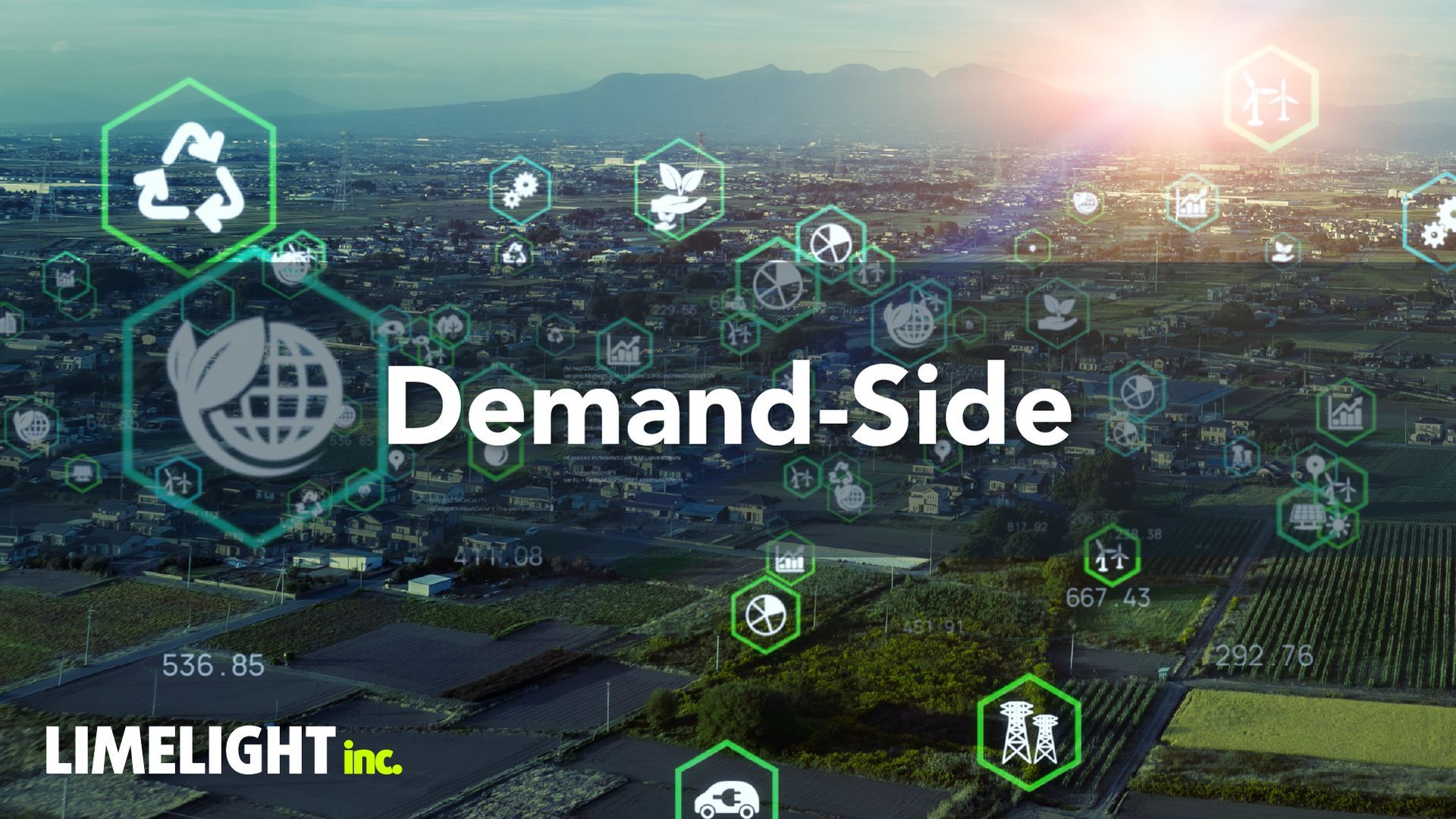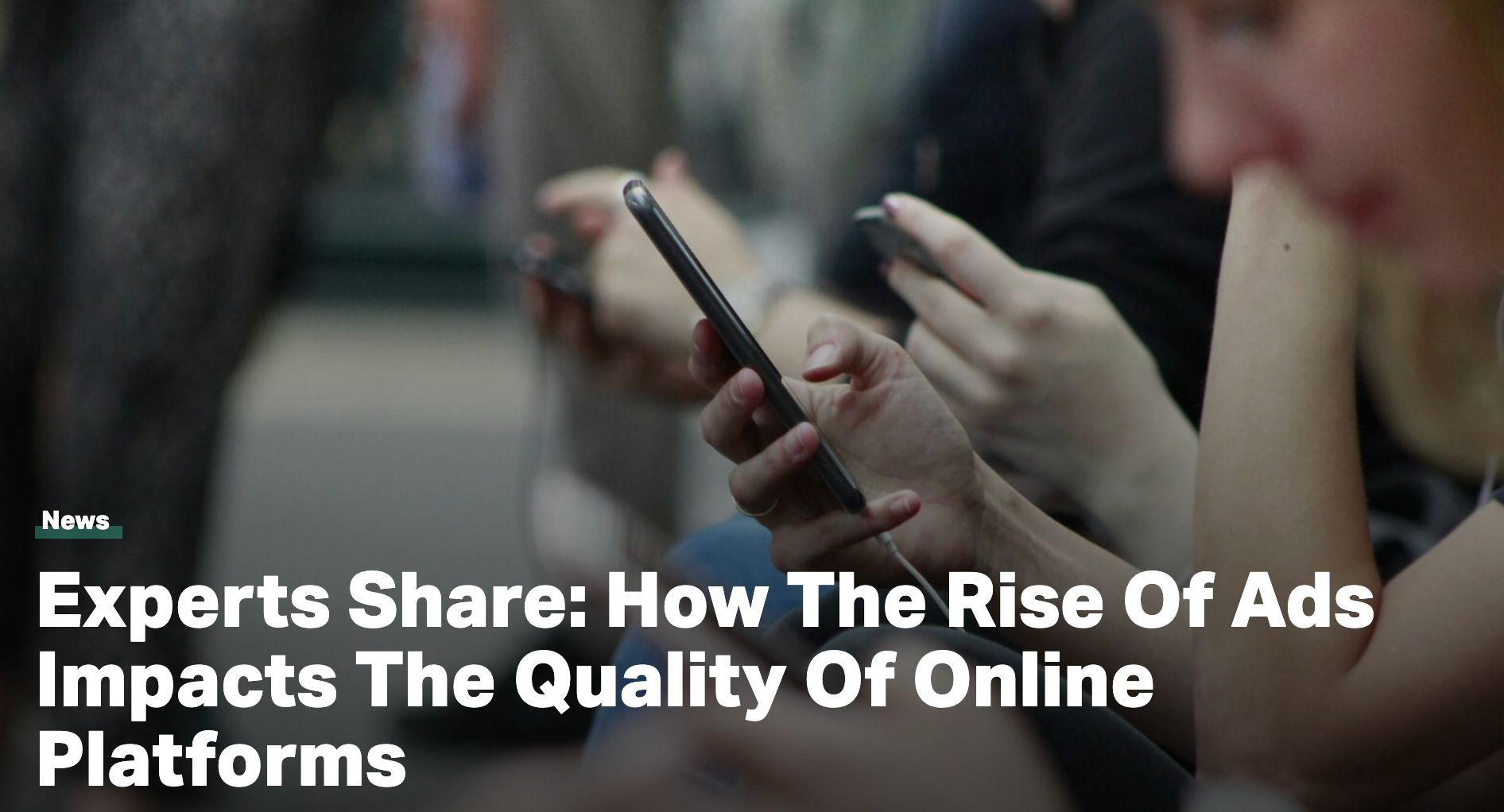Boosting ROAS with Programmatic Demand-Side Platforms

When it comes to buying advertising digitally, demand-side platforms (DSPs) have emerged as game-changers for driving strong returns on ad spend (ROAS).
Powerful platforms like Limelight combine automation, data-driven insights and human expertise to help advertisers maximise their campaign effectiveness and ROI.
What is a DSP?
A demand-side platform is a centralised piece of software that enables advertisers to purchase ad inventory across multiple ad exchanges and networks. It serves as a one-stop shop for managing programmatic campaigns, streamlining the media buying process, and providing advanced targeting and optimisation capabilities.
The Automation Advantage
One of the key benefits of DSPs is their ability to automate various aspects of the media buying process. Advertisers can set up their campaigns once, and the platform will handle the intricacies of real-time bidding, audience targeting, and ongoing optimisation.
This automation not only saves time and resources but also ensures that campaigns are consistently optimised based on real-time data and performance metrics.
Precision Targeting and Real-Time Bidding
DSPs leverage advanced data sets, including first-party, third-party and contextual data, to identify and target highly relevant audience segments with pinpoint accuracy.
By facilitating real-time bidding (RTB), DSPs enable advertisers to bid on ad impressions as they become available, ensuring that their ads are served to the right audiences at the right time.
Data-Driven Optimisation
Comprehensive reporting and analytics capabilities are at the core of DSPs. This allows advertisers to track key performance metrics such as impressions, clicks, conversions, and ROAS.
This data-driven approach empowers advertisers to make informed decisions and optimise their campaigns in real-time based on performance data.
Many DSPs also employ machine learning algorithms to continually refine targeting and bidding strategies, ensuring that ad spend is allocated efficiently to the most effective channels and audiences.
The Human Touch
While DSPs offer powerful automation and optimisation capabilities, human expertise remains essential for achieving maximum ROAS.
Experienced media buyers and strategists play a crucial role in setting up campaigns effectively, interpreting data insights, and making strategic decisions to fine-tune campaigns.
From initial campaign setup and strategy development to creative optimisation and testing, the human touch is invaluable.
Media buyers collaborate with creative teams to develop compelling ad creatives, test different variations, and optimise based on performance data. This iterative process is crucial for driving better engagement, click-through rates, and ultimately, ROAS.
Striking the Right Balance
To truly power and drive ROAS in programmatic advertising, we at Limelight believe that advertisers must strike a balance between leveraging the automation and optimisation capabilities of DSPs and maintaining a strong human touch. Technology has to have a heartbeat.
By combining the efficiency of automated bidding and targeting with the strategic insights and creative expertise of our team of programmatic professionals, advertisers can maximise the impact of their programmatic campaigns and achieve their desired ROAS objectives.
Final thoughts:
When it comes to the programmatic landscape, DSPs have become indispensable tools for advertisers seeking to drive strong ROAS.
By harnessing the power of automation, data-driven insights, and human expertise, advertisers can unlock the full potential of programmatic advertising and achieve a competitive edge in their marketing efforts.
If are interested in leveraging the Limelight Inc. platform to drive incremental revenues contact us via the form below.



